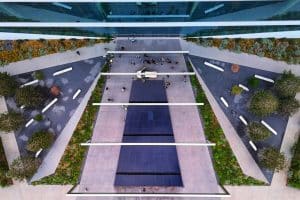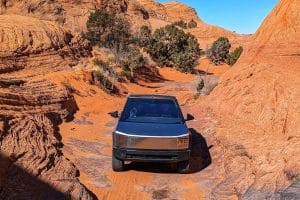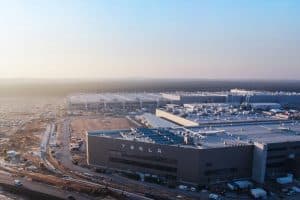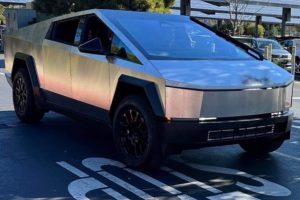Tesla China recently held in-depth discussions with members of the media from Shanghai, Guangzhou, Chengdu, and other cities to discuss several pertinent topics related to the company, its operations, and its vehicles. David Lau, Vice President of Global Software Engineering at Tesla, spoke during the media event.
The topics discussed included “How Tesla Cultivates Top Engineers” and “The Intelligent Capability of the New Model S/X.” But more importantly, the event focused on how Tesla’s “Plaid Mode” translates not only to the Model S and Model X’s 0-60 mph launch — it also applies to the company’s software development. As such, other topics discussed during the media event were “Enabling Plaid Mode in Software Development” and “How Tesla’s Software Development Maintains Plaid Speed.”
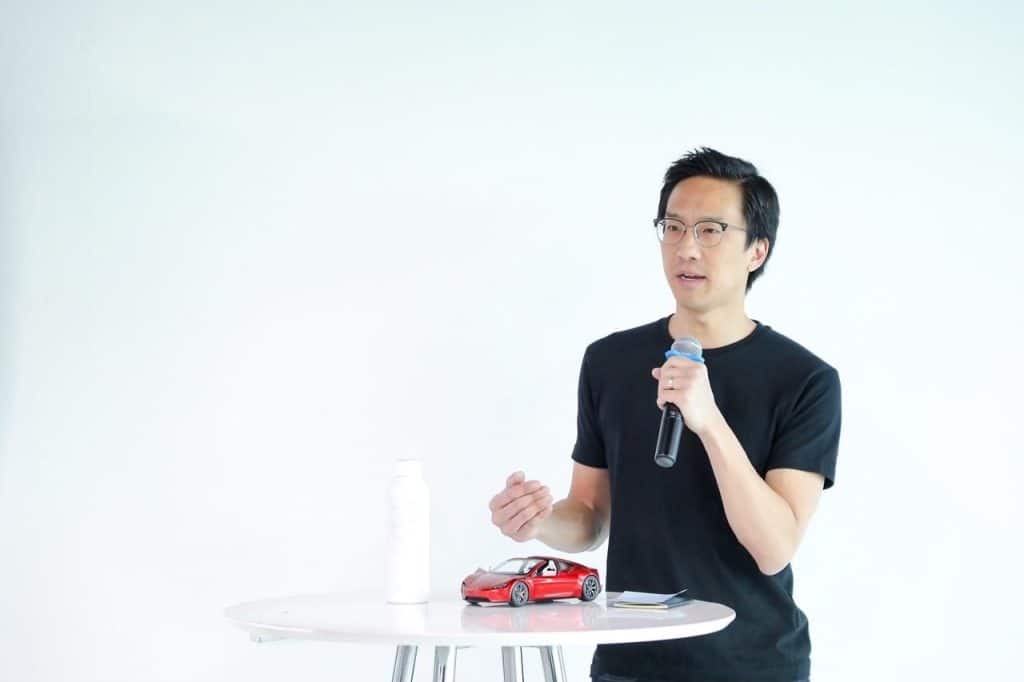
“Tesla has always been challenging tradition, challenging industry conventional thinking, and challenging its own comfort zone… This is indeed difficult, but as long as we keep pushing ourselves to continuously break through boundaries, there is nothing that cannot be achieved,” Lau said at the event, whose local media notes were shared by an attendee to Teslarati.
The Tesla executive also highlighted that Elon Musk’s references to “Plaid” being beyond “Ludicrous” lies beyond pop culture. It also represents an engineer culture with a persistent — if not stubborn — pursuit of disruptive innovation and breakthroughs. This way of thinking appears to have worked, as surveys of engineering students from North America by consulting firm Universum showed that Tesla had become one of the most attractive automotive companies in the industry. In 2020, Tesla was ranked first in the list of companies that engineering students want to work for the most.
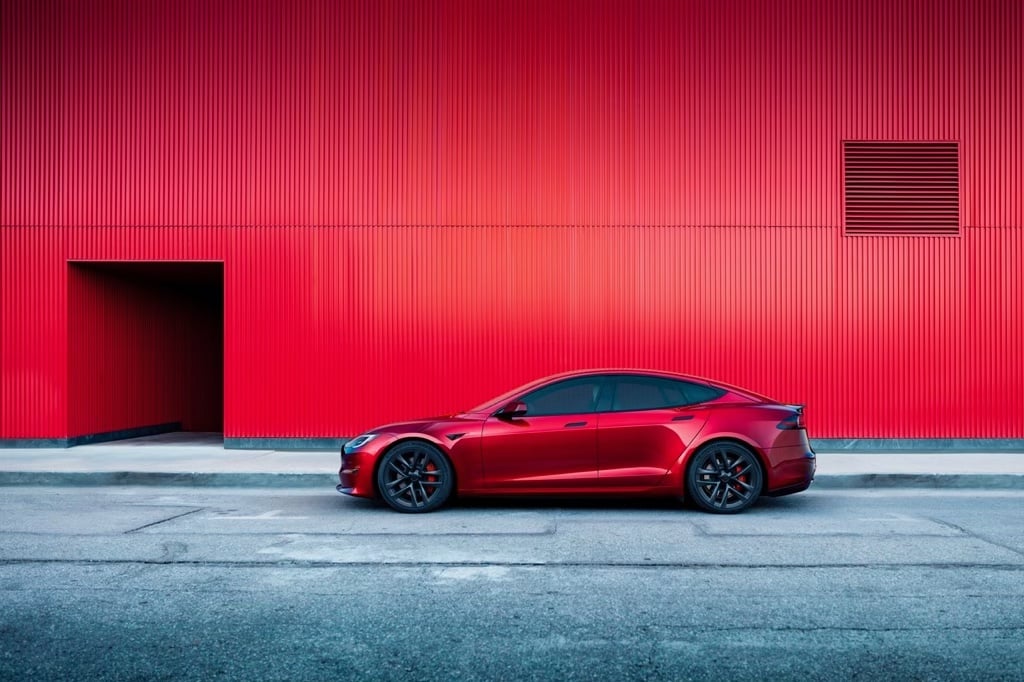
“At Tesla, teams have a persistent pursuit of disruptive innovation and breakthroughs. For example, daily discussions revolve around topics such as ‘how to reduce wiring and weight to simplify design,’ ‘how to improve display performance while reducing costs,’ and ‘how to strengthen the technical security network.’ Continuously creating an engineer-friendly atmosphere and attracting a large number of industry experts to Tesla is aimed at achieving a common goal – accelerating the world’s transition to sustainable energy,” Tesla China’s media release noted.
During the event, attendees from the media showed particular interest in the new Tesla Model S and Model X, which feature the best that the electric vehicle maker could offer today. The executive highlighted that the new Model S and Model X are benchmarks since they play the parts of a “family car” and a “super performance car” at the same time. And thanks to the company’s work in in-vehicle tech, the new Model S and Model X have also become capable “in-car gaming systems” whose performance allows users and passengers to play premium titles.
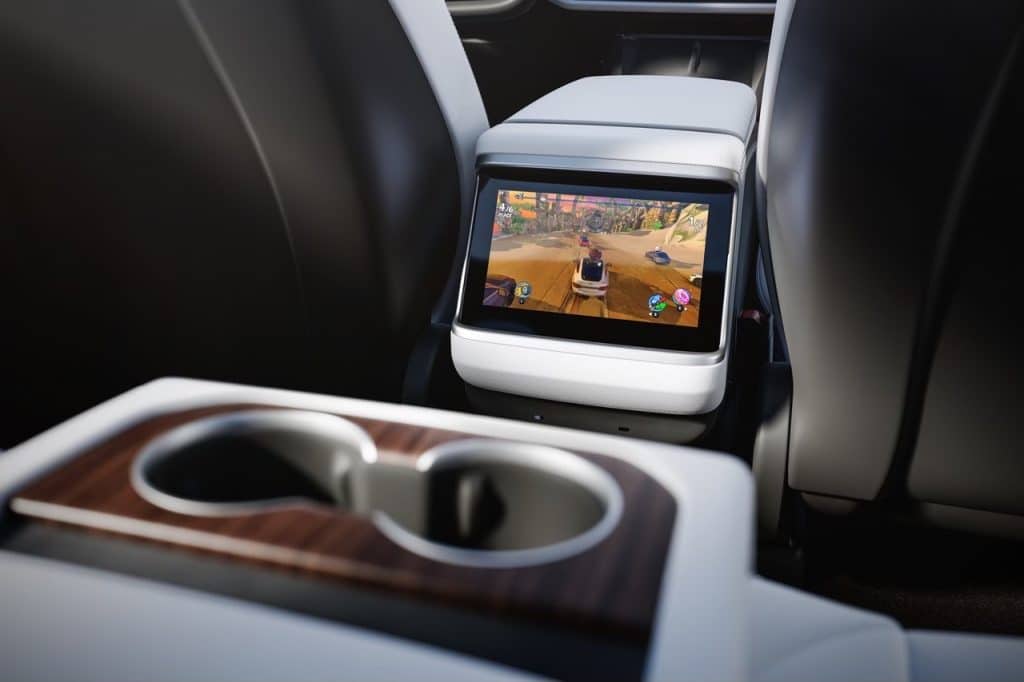
While Lau’s discussions on how Tesla’s “Plaid” philosophy and the new Model S and Model X were compelling, his comments while discussing the company’s identity as a software-defined automaker were also very interesting. As noted by the executive, Tesla’s software work has been setting benchmarks for a very long time. Lau joined the company way back in 2012, and at the time, Tesla already had the capability to improve its vehicle controllers through over-the-air (OTA) software updates. Rival carmakers were only able to update their entertainment systems at most back then.
“Many people think that the vehicle itself is a completely independent system, but in the Tesla software team’s view, the vehicle software system is only a part of the large software system. The implementation of a large number of vehicle software functions requires consideration of the network and service system. We hope to provide timely feedback on corresponding functions according to customers’ real-time driving experience and continuously optimize the user experience,” Lau said.


